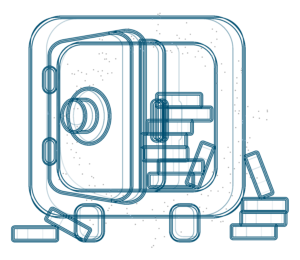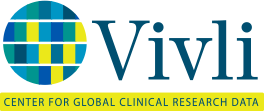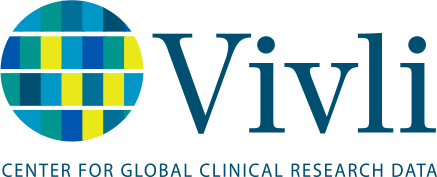 Vivli’s mission is to promote, coordinate, and facilitate scientific sharing and reuse of clinical research data. As a neutral broker between data contributor, data user, and the wider data sharing community, Vivli maintains the trust of our community and clinical research by placing the utmost value on the security and safety of the data available within the Vivli Platform, a secure research environment (SRE).
Vivli’s mission is to promote, coordinate, and facilitate scientific sharing and reuse of clinical research data. As a neutral broker between data contributor, data user, and the wider data sharing community, Vivli maintains the trust of our community and clinical research by placing the utmost value on the security and safety of the data available within the Vivli Platform, a secure research environment (SRE).
How does Vivli ensure that participant data provisioned within the SRE is used safely?
Vivli’s secure research environment aligns with the best practices established by the Five Safes framework. The UK Office of National Statistics initiated the framework, and other governments, institutions, and members of the data management community contributed to its refinement. Now internationally accepted as a standard, the framework ensures safe and secure access to data covering the lifecycle of data access within an SRE through five principles:
- Safe People – all individuals who interact with the data are aware of their role in its protection
- Safe Projects – projects are scientifically and ethically valid and deliver public benefit
- Safe Data – potential for identifying participants is minimized
- Safe Settings –organizational and technical controls to minimize the risk of disclosure
- Safe Outputs – review of results and outputs to minimize the risk of disclosure
We provide examples of just a few ways we incorporate these principles into the Vivli Platform SRE.

